Ancistrus ordinary: description, features of keeping and breeding
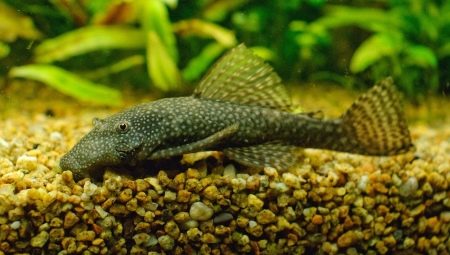
Common ancistrus is a rather unusual representative of the Kolchuga catfish family, whose habitat is the waters of South America. Having come to the attention of domestic aquarists in the second half of the twentieth century, these fish began to be in high demand. Today they are one of the most popular inhabitants of domestic reservoirs. What are remarkable about ancistrus, what are their sizes, what nuances are associated with their content and breeding - we will consider in this article.
Description
The common ancistrus is a small aquarium catfish with an outstanding appearance. This fish has an elongated and slightly flattened teardrop-shaped body. The entire body of the catfish is covered with bone plates.
The head is large, triangular, with large expressive eyes. The mouth is wide, slightly stretched. The mouth resembles a suction cup, with the help of which the fish cleans the surfaces of stones and walls of the tank from algal deposits.
The dorsal, ventral and both pectoral fins are large, wide, and translucent. The coloring of the fins of these catfish repeats the main color of the body and head.
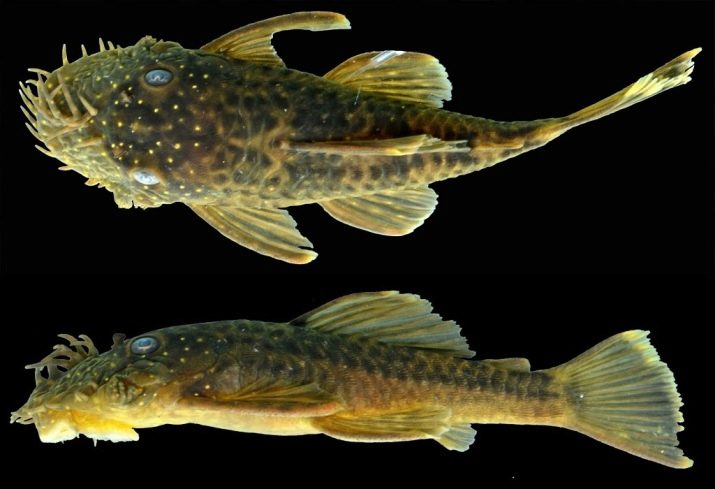
The color of the fish ranges from gray-yellow and grayish-brown to deep gray and almost black shades. The entire body of ancistrus is covered with numerous light spots.
The size of these amusing representatives of the aquarium fauna is small. The average body length of this species of catfish can be 8-15 centimeters. Females are usually slightly larger than males.
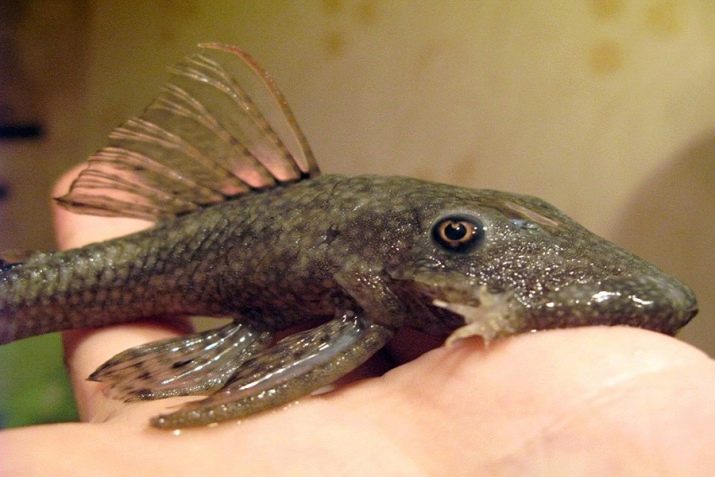
How to determine gender?
Pronounced sex differences between females and males are one of the characteristic features of this species of catfish. So, upon reaching the age of 1-1.5 years, long warty growths begin to form on the head and in the mouth in males. In the future, such "decoration" in male catfish helps females to determine the most worthy and strong candidate for procreation. In females, such outgrowths usually do not form, but if they do arise, then only of a small size and exclusively on the sides of the head.

Conditions of detention
There are no specific difficulties in the maintenance and care of common ancistrus. Unpretentiousness is another important feature characteristic of this species of catfish.
For a comfortable existence, these fish need:
- fresh water;
- a small equipped aquarium;
- quality feed;
- diffused lighting;
- equipment providing filtration and aeration of water.

Water
Ancistrus living in the wild are inhabitants of freshwater bodies. When kept in an indoor aquarium, it is necessary to create an environment for them that mimics and recreates their natural habitat.
The water in the aquarium must be fresh, clean, settled... Recommended temperature varies from +22 to + 26 °. The acidity level should be within 6-7 pH, hardness - within 10-13 °.
These unpretentious creatures can easily tolerate an increase in water temperature up to 30 °. However, you should not allow strong heating of the water in the aquarium with fish in order to avoid deterioration of their well-being.

Aquarium
A relatively small tank with a volume of at least 50 liters is suitable for keeping these aquarium catfish. A pair of adults will feel quite comfortable in such a container.
Experienced aquarists recommend choosing an aquarium based on the number of fish it is supposed to contain. On average, 1 adult fish should have about 25 liters of the total volume of the tank.
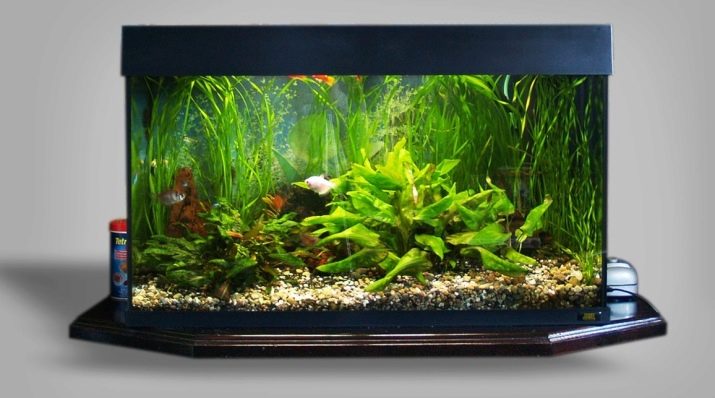
Arrangement of the aquarium
Catfish lead a measured, benthic lifestyle. For a comfortable existence, they need shelters located at the bottom of the aquarium - caves, stones, grottoes, driftwood. In these shelters, the ancistrus prefer to stay during the day, activating with the onset of dusk.
If the aquarium contains several male ancistrus, it is worth making sure that each of them has their own hiding place.
Sometimes catfish-boys come into conflict with each other and other inhabitants of the aquarium in the fight for their favorite corner. This is because Ancistrus has a very developed sense of territoriality, which manifests itself most clearly during the period of expectation of offspring.
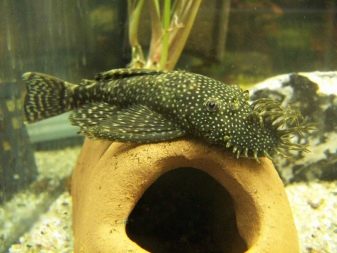
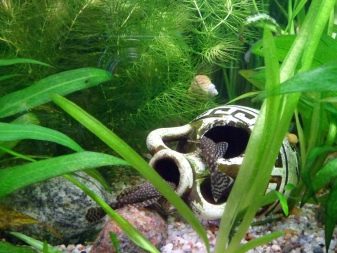
Feed
The well-being and health of this species of catfish largely depends on their diet. The basic component of their daily menu is algal bloom that forms on the walls of the tank, decor items, stones, and leaves of underwater plants.
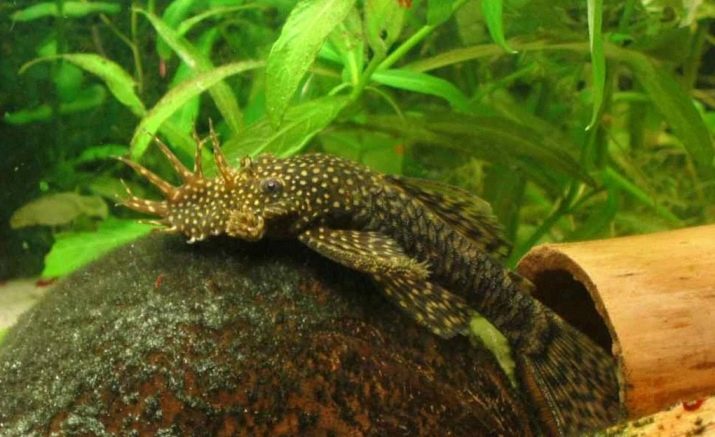
As supplements containing fiber and protein, it is recommended to use:
- tableted spirulina;
- bloodworms;
- tubifex;
- scalded lettuce leaves;
- cucumbers;
- carrots and pumpkin, boiled until half cooked.
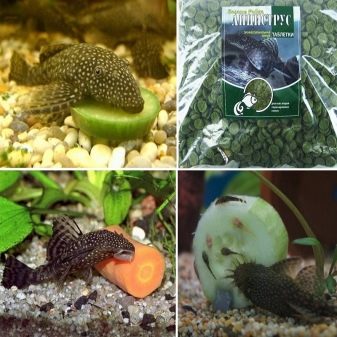
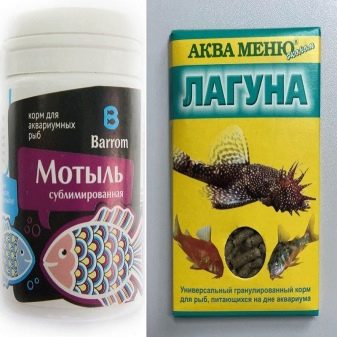
When feeding the fish, you should check that the food settles to the bottom and does not float on the surface. Otherwise, the pets will remain hungry.
To avoid this, it is worth purchasing special bottom feeder.
Lighting
These fish are not very fond of bright lighting, preferring to hide in shelters during the daytime. They feel most comfortable in twilight and darkness, with the onset of which ancistrus swim out of hiding in search of food.
However, for the full development of aquarium flora light is still needed.
It is preferable that the luminous flux directed to the aquarium is diffused and dim.
Equipment
Spending a significant amount of time at the bottom of the aquarium, catfish have an increased need for oxygen. Due to this it is important that equipment is installed in the tank for filtration and aeration of water.
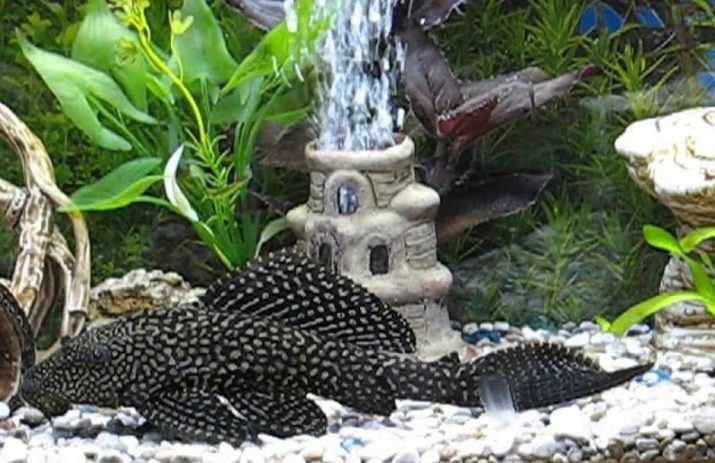
Breeding ancistrus
The reproduction of fish of this species does not cause any particular difficulties. Often they themselves produce offspring without any outside interference.
To get offspring from ancistrus, it is necessary to transplant a one-year-old female and an adult male (or two females and one male) into a separate reservoir. At the bottom of the aquarium, it is required in advance to lay hollow structures (tubes, pieces of hose) or other shelters where the female will lay eggs.

Then, to stimulate spawning, the temperature of the water in the tank should be lowered to 20-21 °. In addition, for several days, you regularly need to update the water in the tank with the fish by about a third. These actions are carried out in order to simulate the rainy season, during which the catfish arrange mating games. Usually, a few days after stimulation, the spawning phase begins.
As soon as the female marks eggs, she is deposited. The male, on the other hand, takes upon himself all the worries about the future offspring. For several days, he is constantly on duty at the clutch, fanning the eggs with fins.
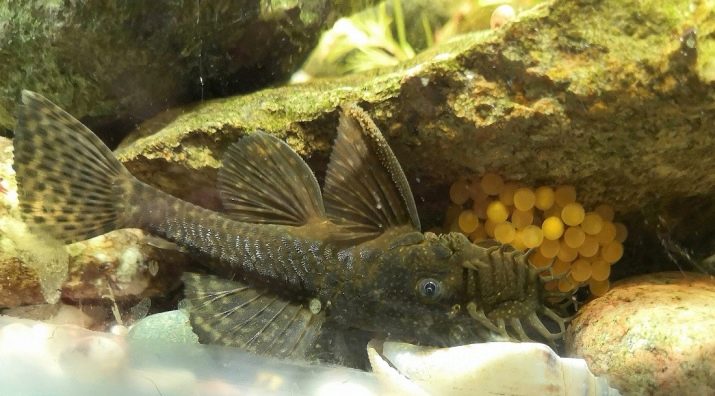
As soon as the ancistrus larvae begin to appear from the eggs, the young parent is placed in a common aquarium. They start feeding babies in 4-5 days, when their yolk sac dissolves. It is recommended to feed the young with Artemia nauplii or special mixtures for fry.

For the maintenance and breeding of ancistrus, see the video below.








